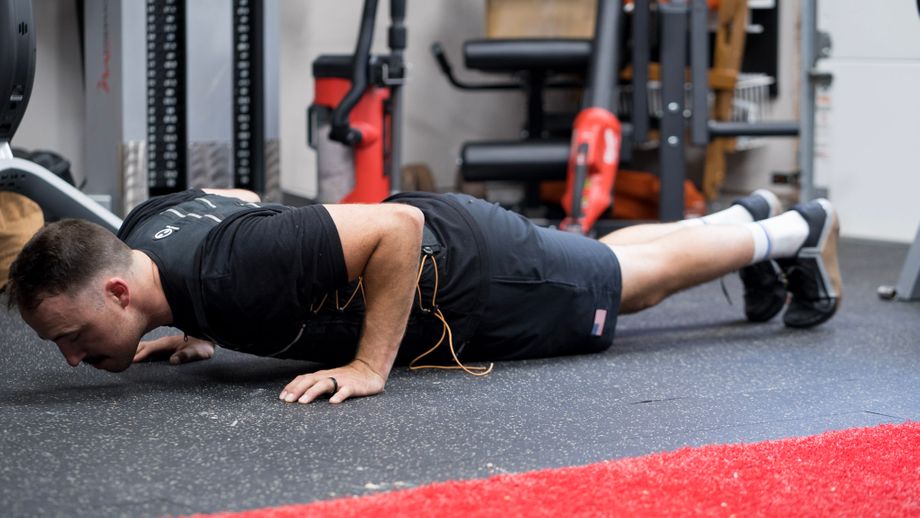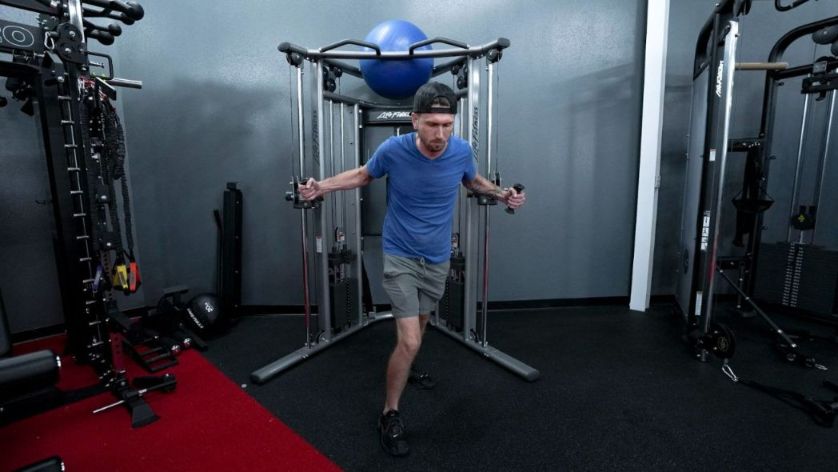Tabata is a high-intensity interval training (HIIT) workout created by a Japanese scientist. Dr. Izumi Tabata designed this style of exercise to build endurance by increasing your aerobic capacity, or the oxygen consumption your body has during a workout (also known as VO2 max).
So, why should you exercise for 20 seconds on, 10 seconds off? Here, we go into the benefits of Tabata.
Be sure to check out our Tabata Timer to get your workout started.
What Is Tabata?
The Tabata training method is a HIIT-style workout that Dr. Izumi Tabata created in the 1990s. He was looking for a way to increase muscle strength and workout capacity for the Japanese Olympic speed skating team he was training at the time. It was a result of this scientific study1 that Tabata as we know it was born.
The classic Tabata workout is done in eight rounds of 20 seconds of maximum effort work, 10 seconds of rest, for a total of four minutes. Every four minutes is considered one Tabata. In typical Tabata training, there tends to be four Tabatas with a full minute of rest in between for a 20-minute workout. However, this number is customizable.
A typical Tabata could look like this:
8 Rounds:
- 20 seconds of jump squats
- 10 seconds of rest
During the work period, you are operating at or extremely close to your maximum effort. When I say maximum effort I mean pedal to the metal, all you’ve got, for 20 seconds straight. Combining max effort and a short, 10-second rest period gets your heart rate up and pumping quickly.
Tabata workouts can be done with equipment, like in the original study where they used bikes and participants biked at maximum effort for 20 seconds then 10 seconds of rest, or Tabata can be done with just body-weight movements, or with dumbbells, kettlebells, battle ropes, and more. This is what makes it such a versatile style of workout, you can use the equipment you have and do movements that suit you.
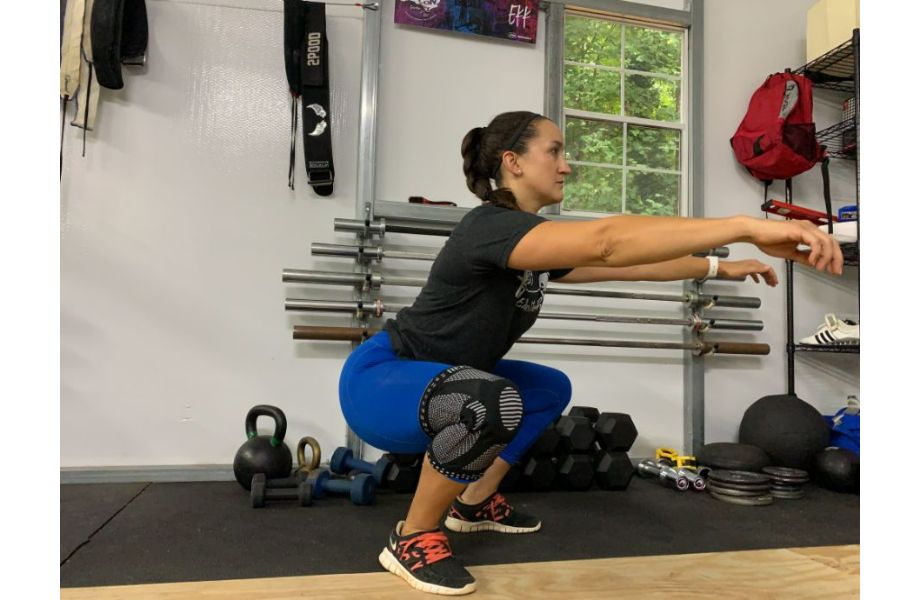
Tabata and HIIT
Tabata falls under the umbrella of HIIT training. HIIT workouts typically include a short period of high-intensity exercise and then a recovery period. If you are doing anything with a quick burst of maximum effort followed by a rest or active recovery period, you are doing HIIT.
When you’re doing HIIT workouts, you’re operating at near-maximum effort. Therefore, this form of exercise typically takes less time than, say, steady-state cardio. You won’t (and shouldn’t) be able to sustain your HIIT effort the way you could sustain a moderate-intensity workout effort.
The Tabata protocol is simply a form of high-intensity interval training. It offers a heart-pumping workout in a short amount of time with dedicated rest periods.
5 Benefits of Tabata Training
So, what are the key benefits of Tabata workouts? Let’s dive in.
Short Workouts For Those Short on Time
I get it, trying to do it all is tough; between work, home life, and trying to have some social activity, it can be hard to squeeze in working out, too. The good thing about Tabata is that a full workout only takes 20 minutes. Throw in a quick warmup and cool down and you can still be done in under 30 minutes, perfect for those short on time.
But also, there are no rules to working out! If you don’t have 20 minutes to spare, do as many Tabata rounds as you have time for. The best workout is the one that you do.
Versatile
Tabata is completely customizable, and people at just about any fitness level can do it.
Location: You can do Tabata in your home gym, at a public gym, outside in a park, or even a quick 4 minutes in the parking lot while you wait for the kids to get out of school. No judgment here, get that workout in!
Movements: Whether you are doing one Tabata or five, you can also change up what exercises you’re doing. You can use bodyweight movements like squats or push-ups, or do dumbbell exercises like presses, or use a cardio machine like a treadmill.
Simple: The point of this workout is to get your heart rate up and exert max effort for 20 seconds at a time. This makes it the perfect verstitle workout for beginners because there is no complex movement, no complicated rep scheme: Just move for 20 seconds, rest for 20 seconds.
Can Improve Aerobic Capacity
Aerobic capacity is the maximum amount of oxygen your body uses while you’re working out. Having a healthy aerobic capacity not only boosts performance, but it also means you have a healthy flow of blood and oxygen to muscles, which is great for your recovery. In one of Dr. Tabata’s studies,2 participants who did Tabata for six weeks had a 9 to 15% increase in their aerobic capacity.
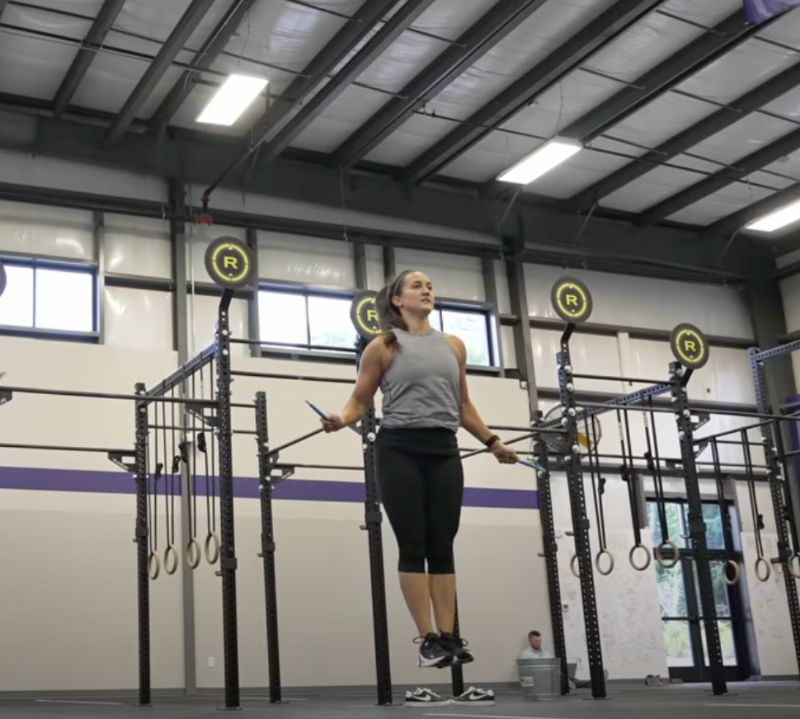
Burns Calories Efficiently
Another great benefit of Tabata is that it burns calories efficiently, which is a key component of weight loss for those who have that goal. Each Tabata is just 4 minutes, and one small study3 suggests you can burn as many as 240 to 360 calories doing Tabata for a total of 20 minutes.
In the study, 16 participants did 20 minutes of Tabata (four rounds with one minute rest in between each 4-minute section). The result was in an increase in caloric expenditure (240 to 360 calories) compared to just one 4-minute bout (54 calories).
By comparison, Harvard Health4 suggests that a 155-pound person would have to run 30 minutes at a 10-minute-mile pace to burn 360 calories. Therefore, it appears Tabata has the time-saving edge.
Doesn’t Require Equipment
Requiring no equipment is one of the best benefits of Tabata, this makes it accessible for everyone. Just because it doesn’t require equipment doesn’t mean that you still aren’t getting a good workout in. You can get your heart rate up doing jumping jacks or skater jumps, air squats or jump squats.
You can also customize Tabata to the pieces of strength training equipment you already have, like dumbbells or kettlebells. You can use jump ropes and battle ropes. There is no need for large equipment like stationary bikes or rowers, but you can use those tools.
Types of Exercises for Tabata Workouts
I could take up all your free time today listing all the ways you can do Tabata, but for the sake of your free time, I’ll list some popular examples of movements you can do in your Tabata workout here.
RELATED: The Best At-Home Cardio Exercises
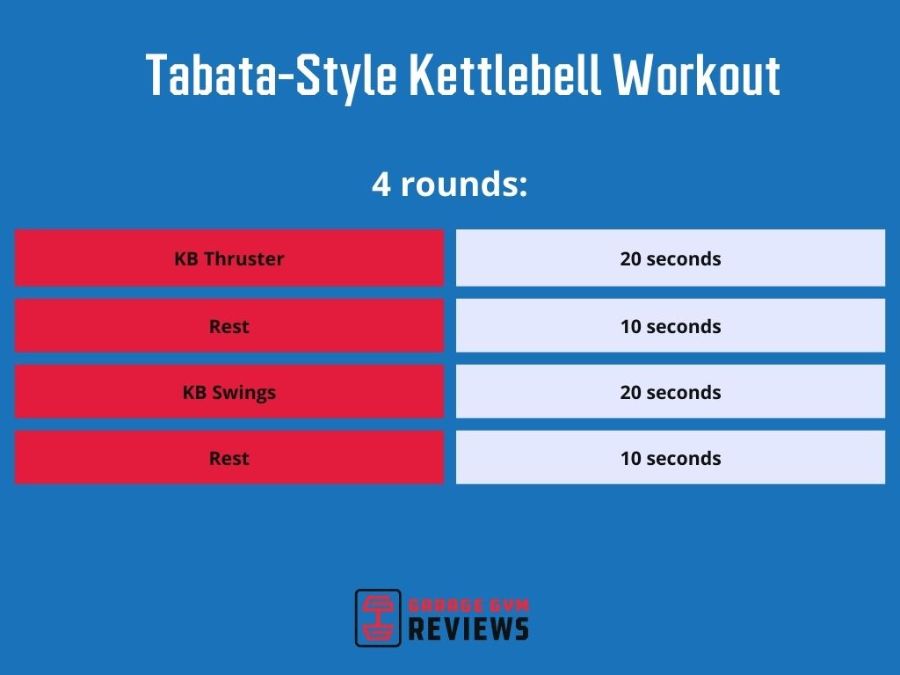
Tabata movements that don’t require equipment that you can do include:
- Squats
- Lunges
- Mountain climbers
- Sprints
- Push ups
- Jumping Jacks
- Crunches
- Burpees
- High Knees
You can also use equipment in your Tabata if you have it. However, treadmills aren’t recommended for Tabata because the time it takes the belt to stop cuts into your ten seconds of rest, plus it’s really a safety issue. If you want to include running into your Tabata try sprints or high knees instead, or use the treadmill for your warm up.
Benefits of Tabata: Final Thoughts
If you are looking for a way to switch up your cardio workout routine with a new intense exercise, Tabata is a great way to shake it up. Its customization is great for the beginner or the Olympic athlete. You can choose movements that suit you and your body, avoid movements that aggravate old injuries or avoid ones that put undue pressure on older joints.
With versatility in movements and accessibility Tabata is great for anyone. Keep in mind while doing Tabata that you probably shouldn’t do it more than three times a week. Moving at such a high intensity that proper Tabata requires puts stress on your cardiovascular system and you want adequate recovery between sessions.
Benefits of Tabata: Q&A
What happens if you do Tabata everyday?
Doing Tabata consistently is proven to increase your anaerobic capacity and aid in your workout performance. However, to get the maximum results out of it you should only do it two to three times a week. Tabata done at the correct intensity puts a lot of stress on your systems so you want adequate rest and recovery in between Tabata workouts.
Is Tabata really effective?
Tabata was founded on a scientific study by Dr. Isumi Tabata, proving that Tabata is indeed an effective method of exercise if your goal is to increase your VO2 max. It is also shown to burn calories more efficiently than other exercises.
Is Tabata or HIIT better?
Tabata is a form of HIIT, just performed at a higher intensity level. They both have great benefits and the better one is going to be the one you prefer more and are going to be able to be consistent with.
Is 20 minutes of Tabata enough?
While 20 minutes of Tabata a day will get you the best results if you are short on time you can fit in as many Tabata’s as you can. A short workout is better than no workout.
References
- TABATA, IZUMI; NISHIMURA, KOUJI; KOUZAKI, MOTOKI; HIRAI, YUUSUKE; OGITA, FUTOSHI; MIYACHI, MOTOHIKO; YAMAMOTO, KAORU. Effects of moderate-intensity endurance and high-intensity intermittent training on anaerobic capacity and ˙VO2max. Medicine & Science in Sports & Exercise: October 1996 – Volume 28 – Issue 10 – p 1327-1330
- Tabata, I. Tabata training: one of the most energetically effective high-intensity intermittent training methods. J Physiol Sci 69, 559–572 (2019). https://doi.org/10.1007/s12576-019-00676-7
- Emberts T, Porcari J, Dobers-Tein S, Steffen J, Foster C. Exercise intensity and energy expenditure of a tabata workout. J Sports Sci Med. 2013 Sep 1;12(3):612-3. PMID: 24137082; PMCID: PMC3772611.
- Harvard Health. Calories burned in 30 minutes for people of three different weights. March 2021.


